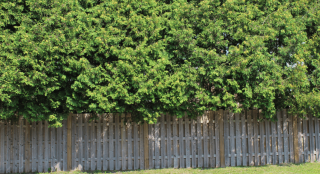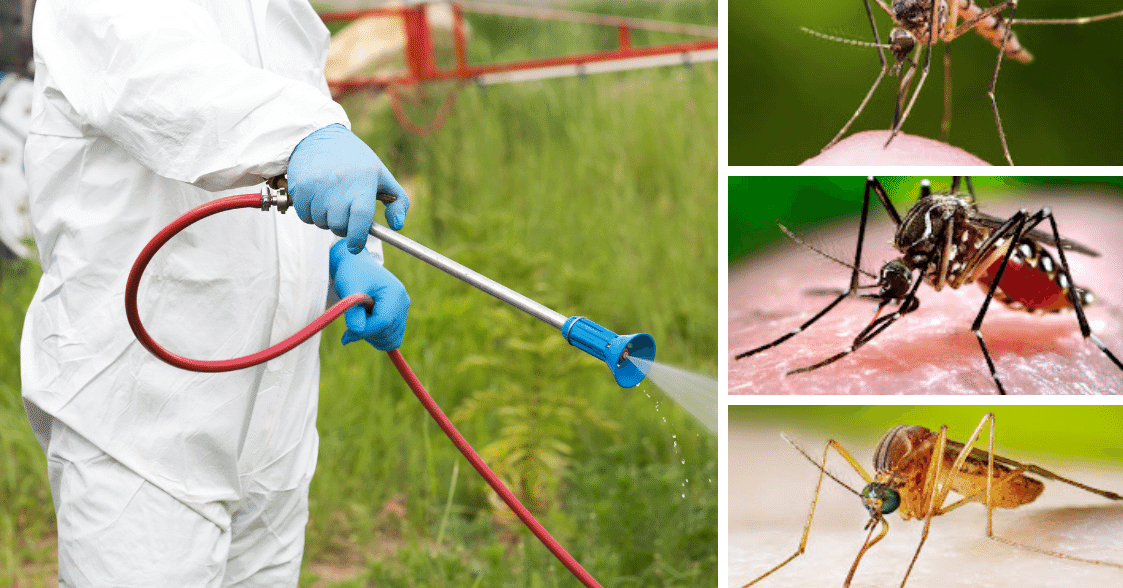A well-thought-out landscape not only enhances the aesthetic appeal of your property but also serves practical purposes. One crucial aspect to consider is using windbreak trees to shield your surroundings from the harsh effects of strong winds. In this article, we'll delve into what windbreak trees are, the varieties commonly used, and how to create an effective windbreak for your property.
What is a Windbreak Tree?
A windbreak tree, also known as a windbreak or shelterbelt tree, is a strategically planted line of trees or shrubs designed to reduce the force and intensity of wind. These trees protect structures, crops, and gardens from wind damage while fostering a more comfortable outdoor environment.
What Trees Are Used for Windbreaks?
Red Cedar
Red Cedar (Juniperus virginiana) stands tall as one of the prime choices for windbreaks. Its dense, evergreen foliage acts as an effective barrier against gusty winds. It provides excellent protection, and the red cedar adds a touch of natural elegance to your landscape. Its adaptability to various soil types and resistance to pests make it a resilient choice for windbreaks.
Arborvitae
Arborvitae (Thuja occidentalis) is another stalwart in wind-blocking trees. This coniferous beauty boasts a pyramid-like shape and lush greenery, forming a formidable barrier against turbulent winds. Arborvitae's low-maintenance nature and tolerance for different soil conditions make it an excellent choice for urban and rural landscapes.
Deciduous Trees
Embracing a variety of deciduous trees in your windbreak design offers a unique combination of seasonal benefits. Trees like Lombardy Poplar (Populus nigra 'Italica') shed their leaves in winter, allowing sunlight to filter through and warm your property. Come spring and summer, their dense foliage provides a formidable shield against wind. The Lombardy Poplar, with its distinctive columnar shape, adds aesthetic appeal to its protective role.
Pines
Pines (Pinus spp.) are renowned for their resilience and longevity. These evergreen giants create an effective windbreak with their needle-like leaves, forming a dense barrier. Varieties like the Eastern White Pine (Pinus strobus) are particularly effective in providing year-round protection. Pines also contribute to soil stability, preventing erosion and preserving the integrity of your landscape.
Shrubs
In the world of windbreaks, shrubs play a vital supporting role. Acacia implexa, also known as Lightwood, is a shrub native to Australia that provides excellent wind protection. Its dense foliage and adaptability to various soil conditions make it a versatile addition to your windbreak strategy. Cedars (Cedrus spp.) and Douglas Fir (Pseudotsuga menziesii) shrubs offer aesthetic appeal and effective wind-blocking capabilities.
Greenspire Linden
Greenspire Linden (Tilia cordata) is a deciduous tree celebrated for its symmetrical shape and vibrant green leaves. Its dense canopy not only provides shade during warmer months but also serves as a formidable windbreak. Planted strategically, Greenspire Linden can significantly reduce wind velocity, creating a peaceful haven on your property.
White Pine
White Pine (Pinus strobus) is an enduring symbol of strength and resilience. With its soft, flexible needles and rapid growth, this evergreen giant is a top choice for windbreaks. White Pine offers exceptional protection against wind and adds a touch of timeless beauty to your landscape.

How to Create a Windbreak with Trees?
Creating a successful windbreak involves careful planning and strategic planting. Follow these steps for optimal results:
- Site Assessment: Evaluate your property to determine the direction of prevailing winds and identify areas that need protection.
- Select Appropriate Species: Choose trees and shrubs well-suited to your climate and soil conditions. Consult with local arborists or tree experts for guidance.
- Plant in Rows: Plant your windbreak trees in rows perpendicular to the prevailing wind direction. This arrangement maximizes the barrier effect and ensures uniform protection.
- Consider Tree Spacing: Proper spacing between trees is crucial for allowing each tree to reach its full potential while maintaining a solid windbreak.
- Mulching and Watering: Apply mulch around the base of newly planted trees to retain moisture and suppress weeds. Adequate watering is essential, especially during the establishment period.
- Regular Maintenance: Prune trees to maintain their shape and encourage healthy growth. Regularly inspect for pests and diseases to address any issues promptly.
Fastest Growing Windbreak Trees
For those looking for rapid results, Strobert Tree Services recommends the following fastest-growing windbreak trees:
Hybrid Poplar
Hybrid Poplar is known for its remarkable growth rate, making it an ideal choice for quickly establishing a windbreak. Its adaptability to various soil conditions further enhances its appeal.
Eastern Cottonwood
The Eastern Cottonwood is one of the fastest-growing species native to North America, averaging around 5 feet of height growth per year – and growing as much as 13 feet in the first year!
Green Giant Arborvitae
As the name suggests, Green Giant Arborvitae is a fast-growing evergreen that can provide swift wind protection. Its dense foliage and tall stature make it a popular choice for creating effective windbreaks.

Contact Strobert Tree Services
At Strobert Tree Services, we understand the importance of a well-maintained and strategically planted landscape. As leaders in tree care in Delaware, Pennsylvania, Maryland, and New Jersey, we offer expert advice, tree-growing services, and ongoing maintenance to ensure your windbreak is practical and sustainable.
Creating an efficient windbreak involves careful consideration of tree species, proper planning, and ongoing maintenance. By incorporating the right mix of trees and shrubs into your landscape, you can enhance the beauty of your property while reaping the practical benefits of adequate wind protection.











